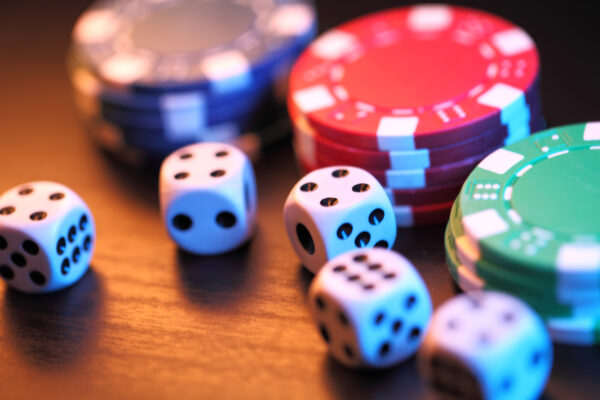What are the rules in blackjack
It’s hard to find a more popular casino card game than blackjack. For decades, blackjack has been a fan favorite all over the world. Whether you are hoping to give yourself a refresher on blackjack rules for in-casino play or want to use newfound knowledge to explore online providers, we can help.
Our team loves blackjack, too, and we love helping new and experienced players hit the ground running. Let’s explore the rules of blackjack in detail so that you can optimize your chances of winning.
Equipment in Blackjack
Before we dive into how to play blackjack, let’s look at what you need to get started. The good news here is that there is little in the way of equipment to worry about. If you’re running a small game at home, you really only need a deck of playing cards. At a casino, you might see a “shoe” automatically shuffling cards, as well as physical tokens called “chips”. These are used to place bets (we’ll talk more about betting in blackjack below).
That’s about it! Casinos will generally have everything players need to play, including the cards. For home play, you can find playing cards online or in most stores. Once you have those on hand, you just need to master the basic rules of blackjack and you’re ready to play!
Card values
Card values in blackjack are pretty straightforward. All of the cards have the same value as their face, with the exception of the Ace and the Court cards. The Queen, King, and Jack are worth 10 each, and an Ace can be worth either one or 11 depending on which value gets you to 21. Here are a few examples.
If you are dealt a King and an eight, your total hand value is 18. If you are dealt an Ace and a 10, your hand value is 21. If you are dealt an Ace and a four, your hand value is 15. If you then hit and receive an eight, your total hand value would be either 23 (with an Ace valued at 11) or 13 (with the Ace valued at one). Twenty-three would mean going bust, so the value of the Ace drops automatically.
Playing options
Once you have the equipment and understand card values, you are ready to play. Whether you are playing in person or online, the rules are usually the same. The dealer starts the game, and everyone receives two cards. In almost every situation, blackjack dealer rules during this initial round are the same. The dealer receives two cards just like everyone else. Unlike the players, however, the dealer receives one card face up and one card face down. Players receive both cards face up.
After cards are dealt, one of two things happens. First, if any players or the dealer have a “natural” 21 (a two-card 21), they call it, bets are collected and winnings paid out. If no one has a natural 21, it’s time to bet. The player on the left of the dealer begins the process and decides to hit or stand. Betting continues in this manner around the rest of the table. This continues until players go “bust” – if they go over 21 – or get 21.
There are a few dealer rules to keep in mind here. First, once the table has received their cards, the dealer turns over their face-down card. If the dealer’s total value is under 17, they must hit until they reach 17 or higher. Aces must be counted as 11 unless doing so would result in a bust. Once they reach a value of 17 or more, the dealer stands.
While betting and deciding whether to hit or stand, players can do a few things beyond taking more cards. First, they can split pairs when they receive two of the same card. This gives them two hands to play. Players can also double down. This takes place after the original two cards are dealt if the cards total nine, 10, or 11. Doubling down means that they set a bet equal to their first and receive one more card. This card is dealt face down and flipped over only at the end of the hand.
Card combinations in Blackjack
In some games, blackjack basics rules allow players to place a side bet of 21+3. This combines elements of blackjack with poker to offer some of the best odds in the game. This side bet is placed before the cards are fully dealt, and players are betting on whether their first two cards and the dealer’s face-up card will combine to make one of the following:
- Flush
- Straight
- Three of a kind
- Straight flush
- Suited three of a kind
Flush
This consists of three cards that have the same suit.
Straight
These are cards in a consecutive sequence. Five, six, and seven, for example, is a straight. So is eight, nine, and ten.
Three of a kind
These three cards all have the same value. If a face card is dealt, all three cards must be the same one (three Queens or three Jacks, for example).
Straight flush
This combination refers to “straights”, which are also cards of the same suit.
Suited three of a kind
A three-of-a-kind all in the same suit makes this combination.
How payouts work in Blackjack
Traditional rules dictate that winners with a natural blackjack receive 1.5x their stake. If you win, you receive 1x your stake. If you lose, of course, you lose the entirety of your stake.
House rules vary from table to table and might change these odds, so make sure you understand the rules at play before you commit.
With its fun gameplay and basic rules, blackjack has long been a favorite of casino players around the world. Once you understand the fundamentals of the game, you can study as much or as little as you want to boost your skills and potentially turn the odds in your favor.




